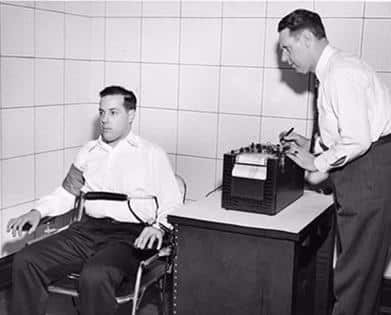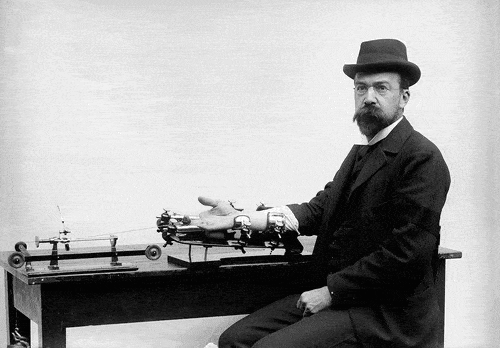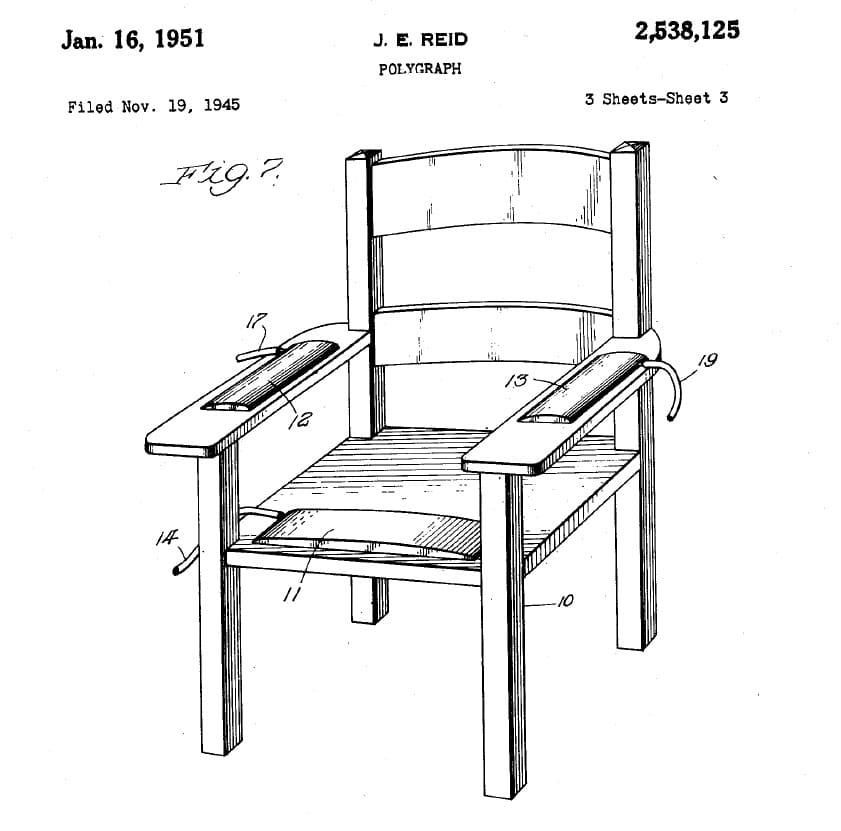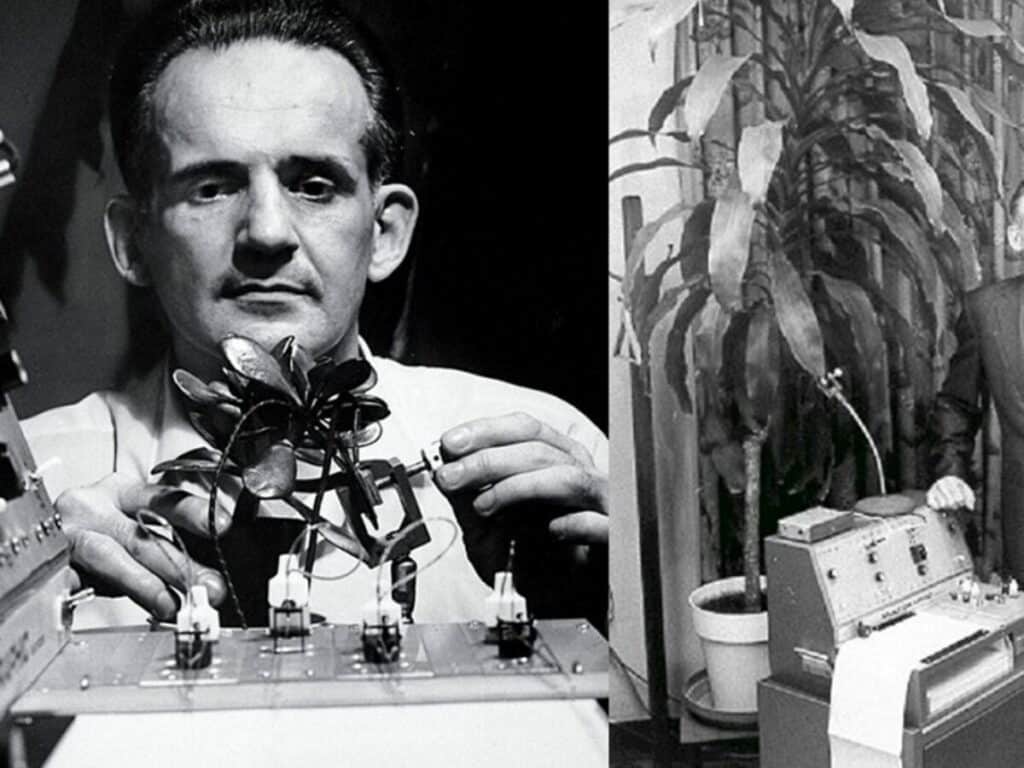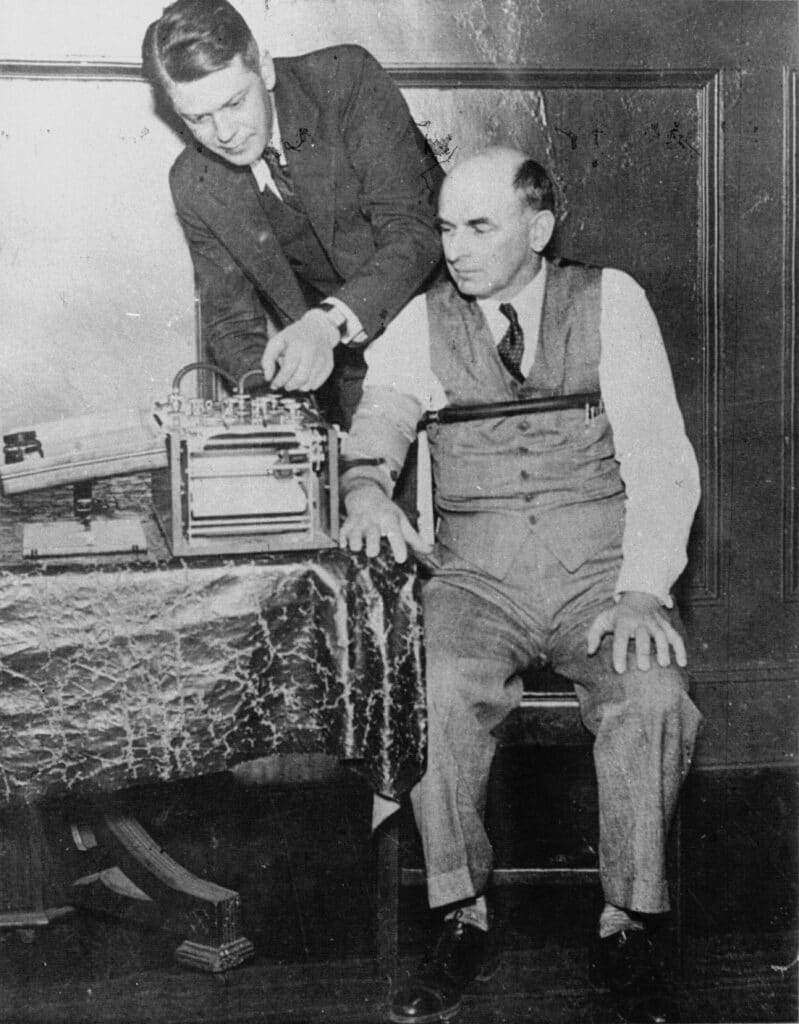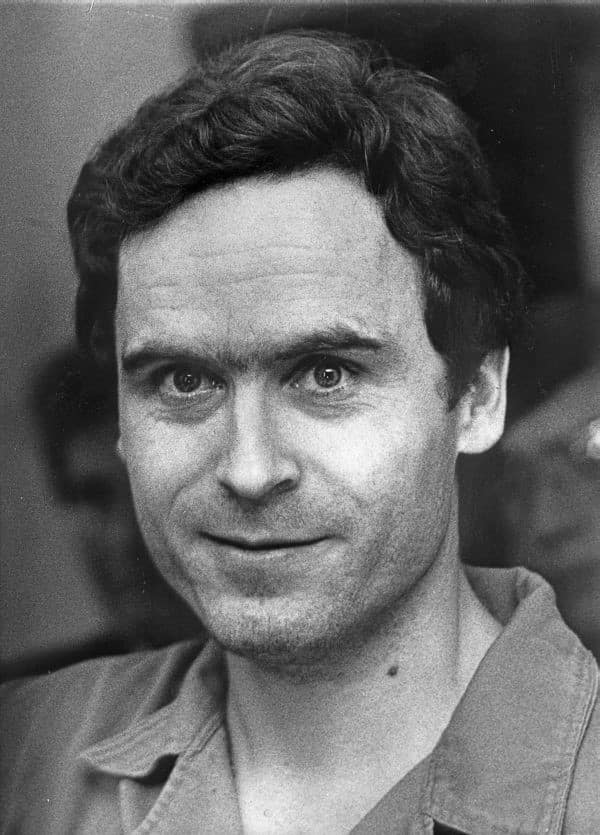What Were the First Uses for Polygraph Devices?
The polygraph had a huge impact on the modern world. From its development in the late 1800s, this device changed the field of law enforcement interrogation. It went on to have many uses in the private and public sectors. Its world-changing applications...

